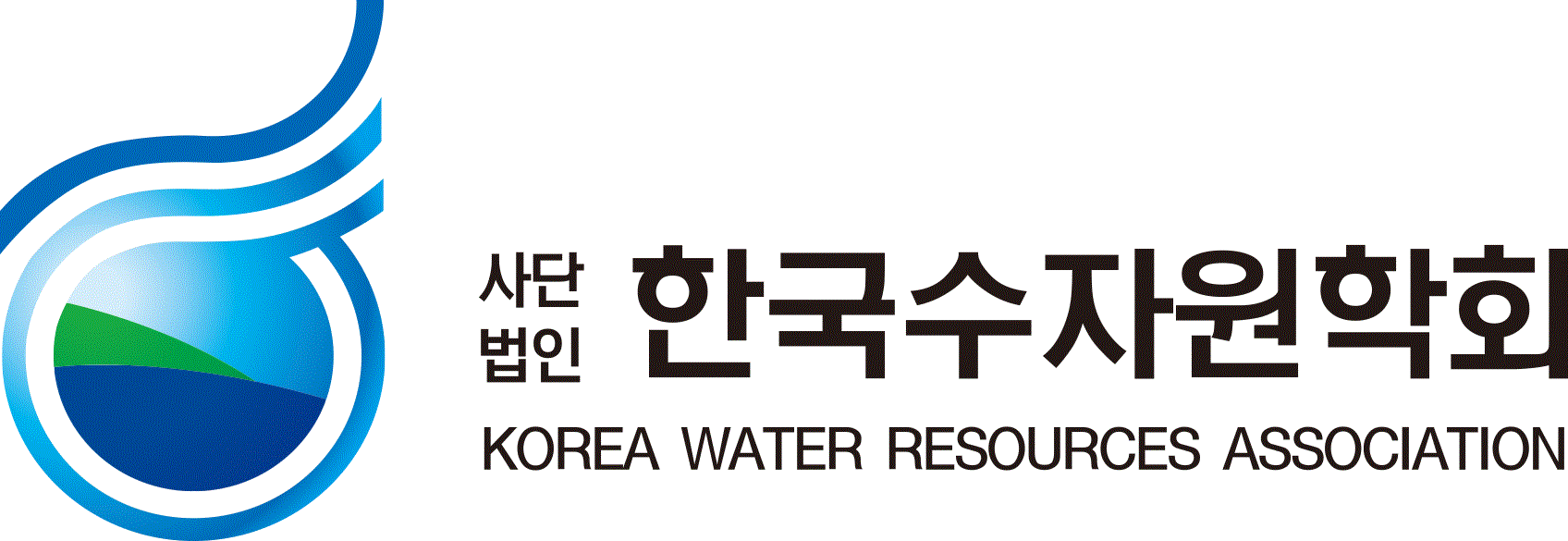- 홈
- 문헌정보
- 논문집
문헌정보
논문집
- 저자명
- 이경수;장창래;김기정
- 발행사
- 한국수자원학회
- 수록사항
- 한국수자원학회논문집 특집호, Vol.52 No.S-2(2019-10)
- 페이지
- 시작페이지(801)
- ISSN
- 1226-6280
This study analyzes the impact on geomorphic changes downstream due to alternate bars developed weir upstream through laboratory experiments. The disturbance, such as a spur in the side wall, of the flow at the inlet of the channel triggers the development of alternate bar upstream at the beginning of the experiment, and gradually moved downstream with keeping their shapes over time. The bed in the downstream of weir in the mid of channel scoured due to the scarcity of sediment inflow because weir upstream traps it. Moreover, bar migration speed decreases as the bars approaches to the weir with time. However, as time increases, the alternate bars upstream migrate over the weir, and sediment in the eroded bed of the weir downstream are deposited. The phase of the bar upstream changes oppositely after passing through the weir. The phase of the bar downstream changes rapidly as the shape of alternate bar is clear upstream, which is affected by the strong disturbance. The phase of bar changes, and the bar migration speed decreases gradually with time, and finally stopped due to forcing effects on the bar by the disturbance. The faster the reaction of alternate bar with a long spur, the larger the bar height formed downstream and the shorter the bar length. This means that the larger the forcing effect of bar, the more it affects the bar migration. In addition, although the size of the alternate bar increases over time, the bar doesn’t migrate downstream and a forced bar is generated.



